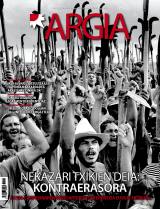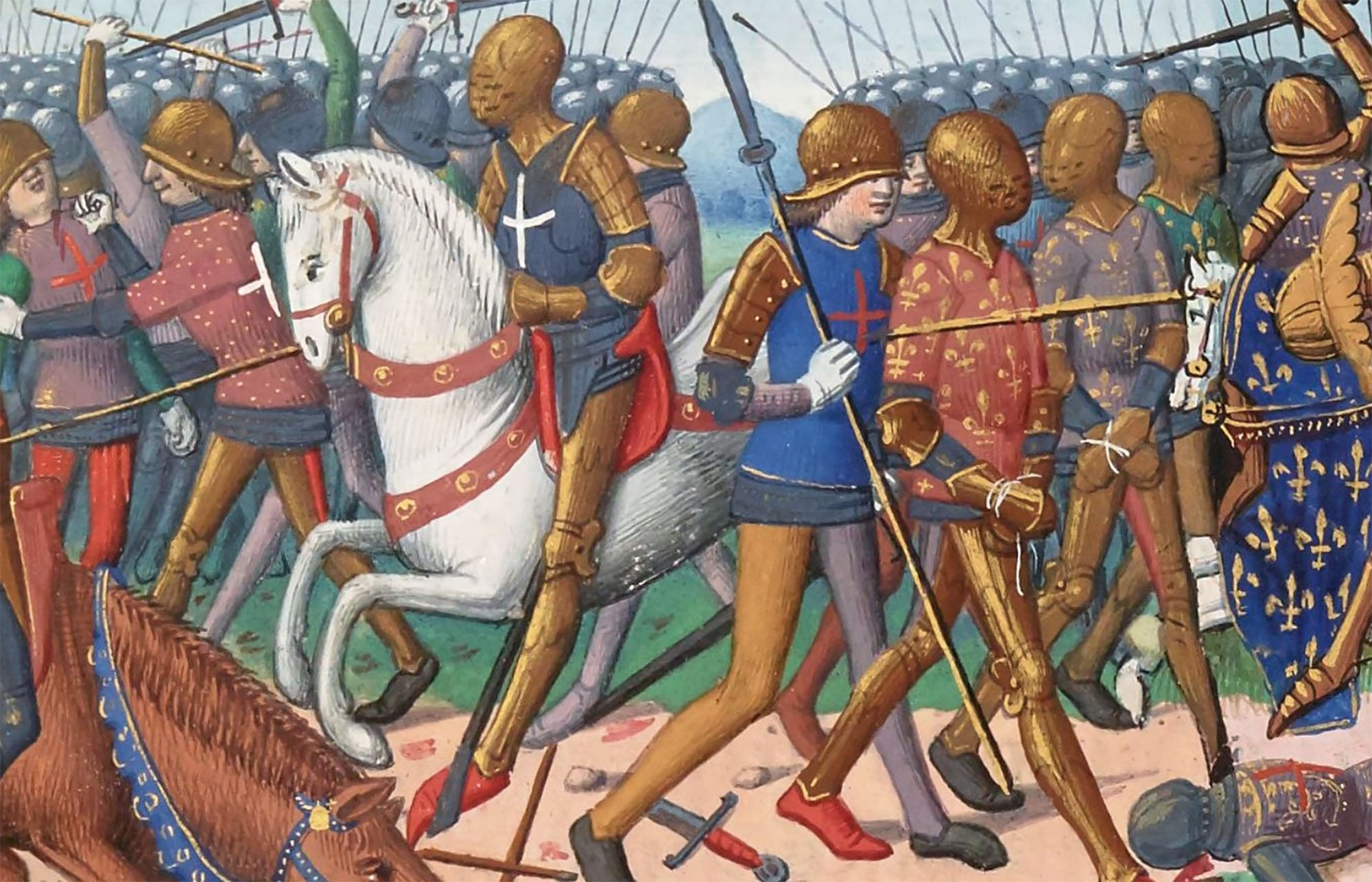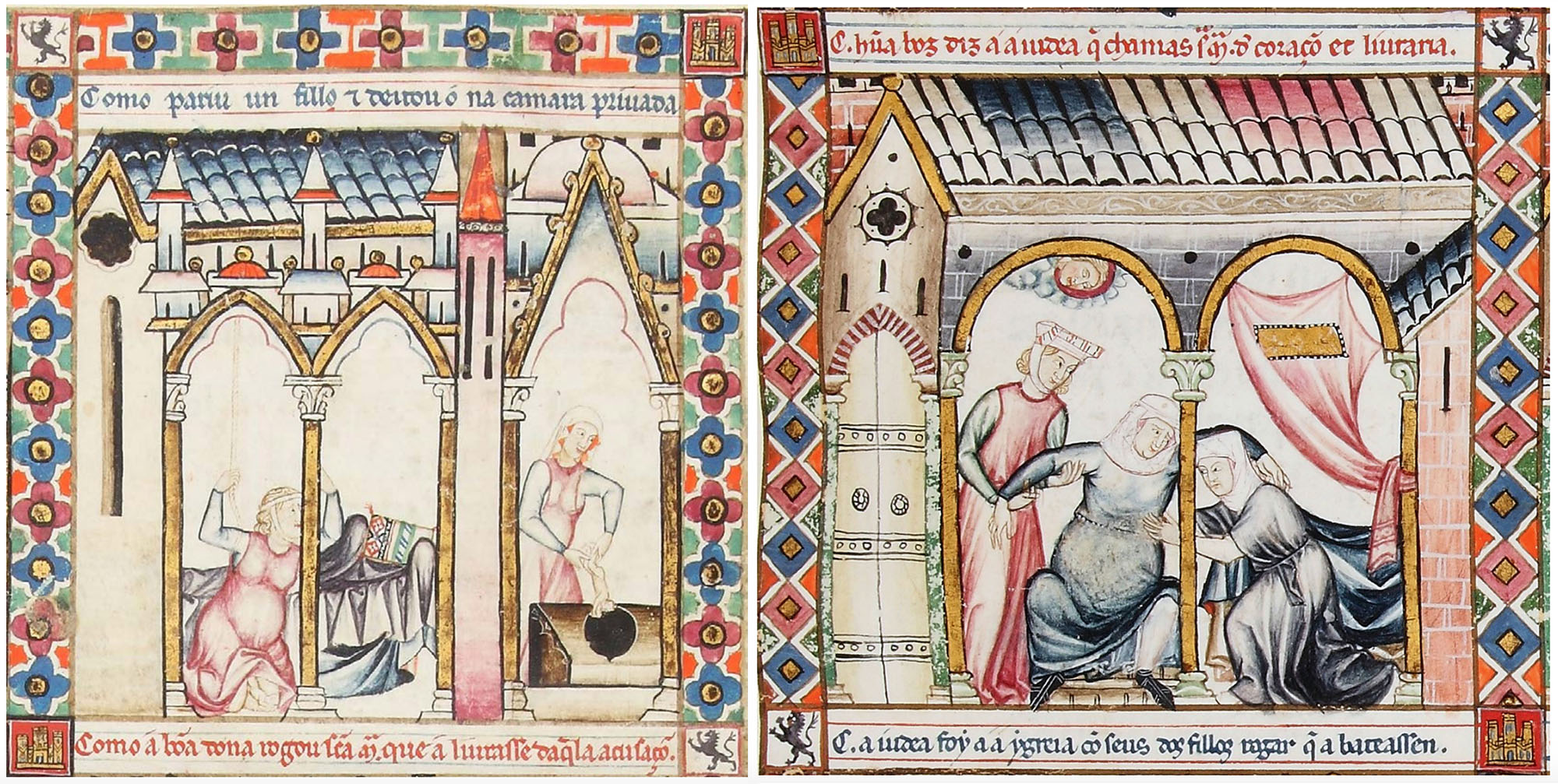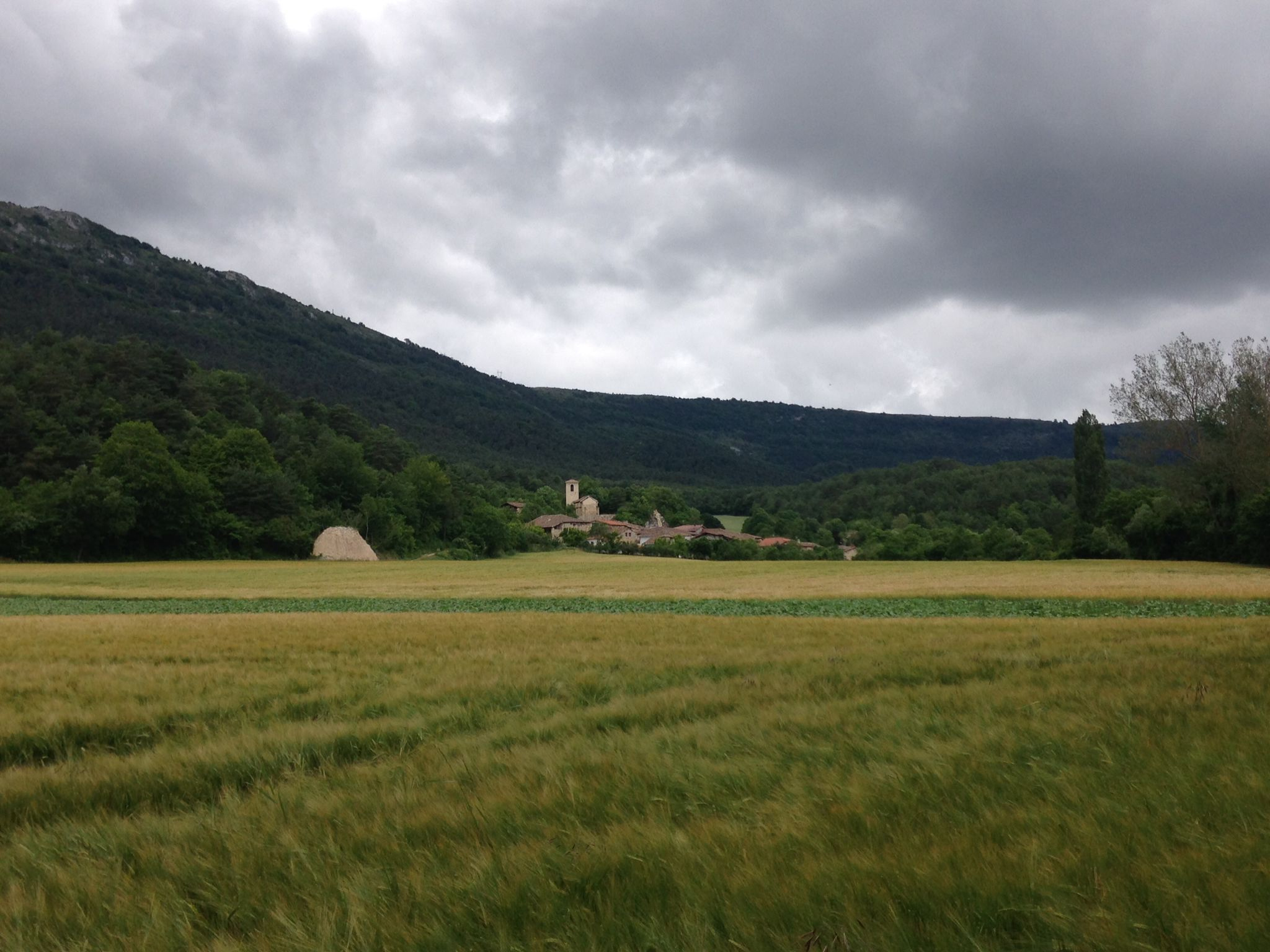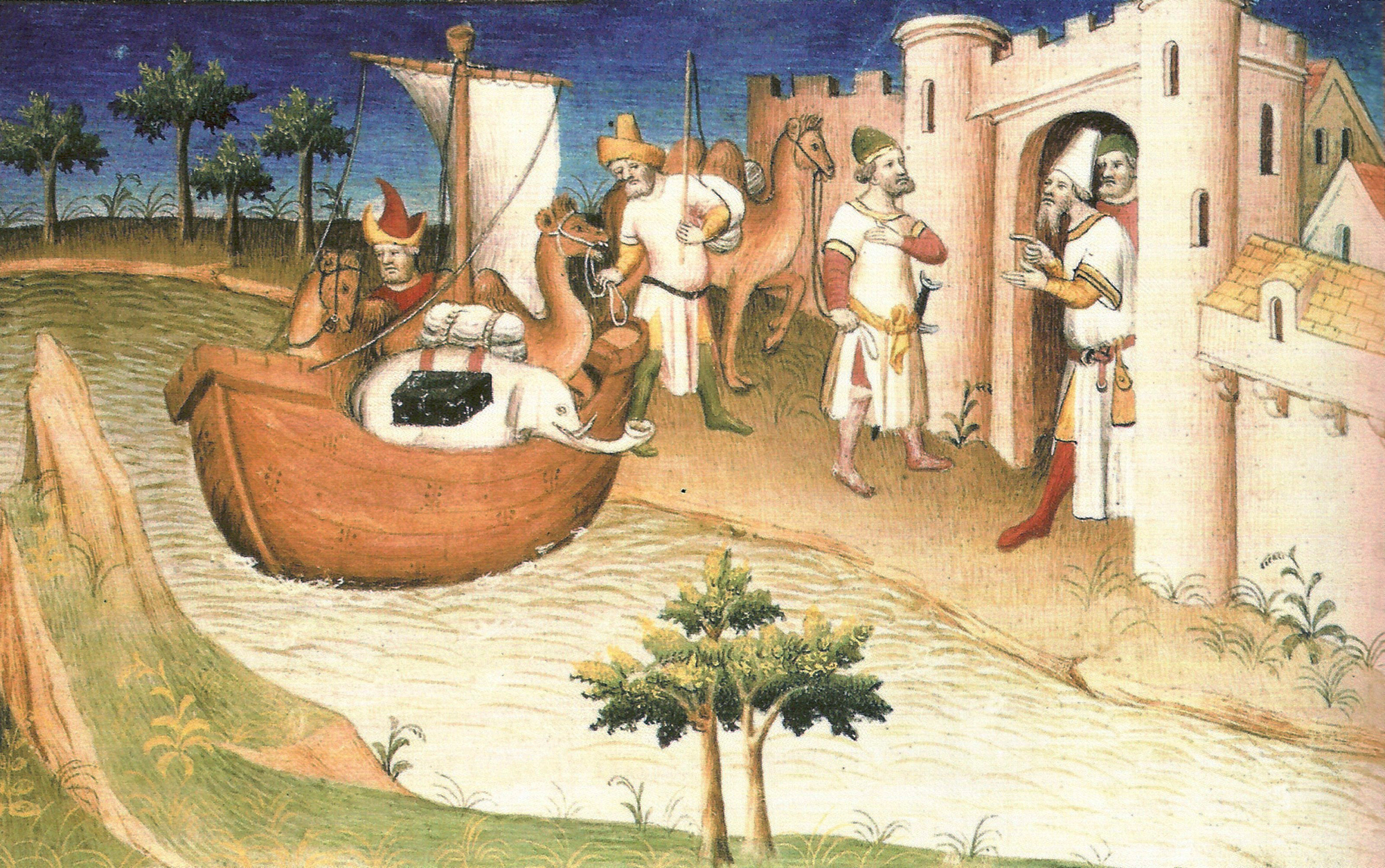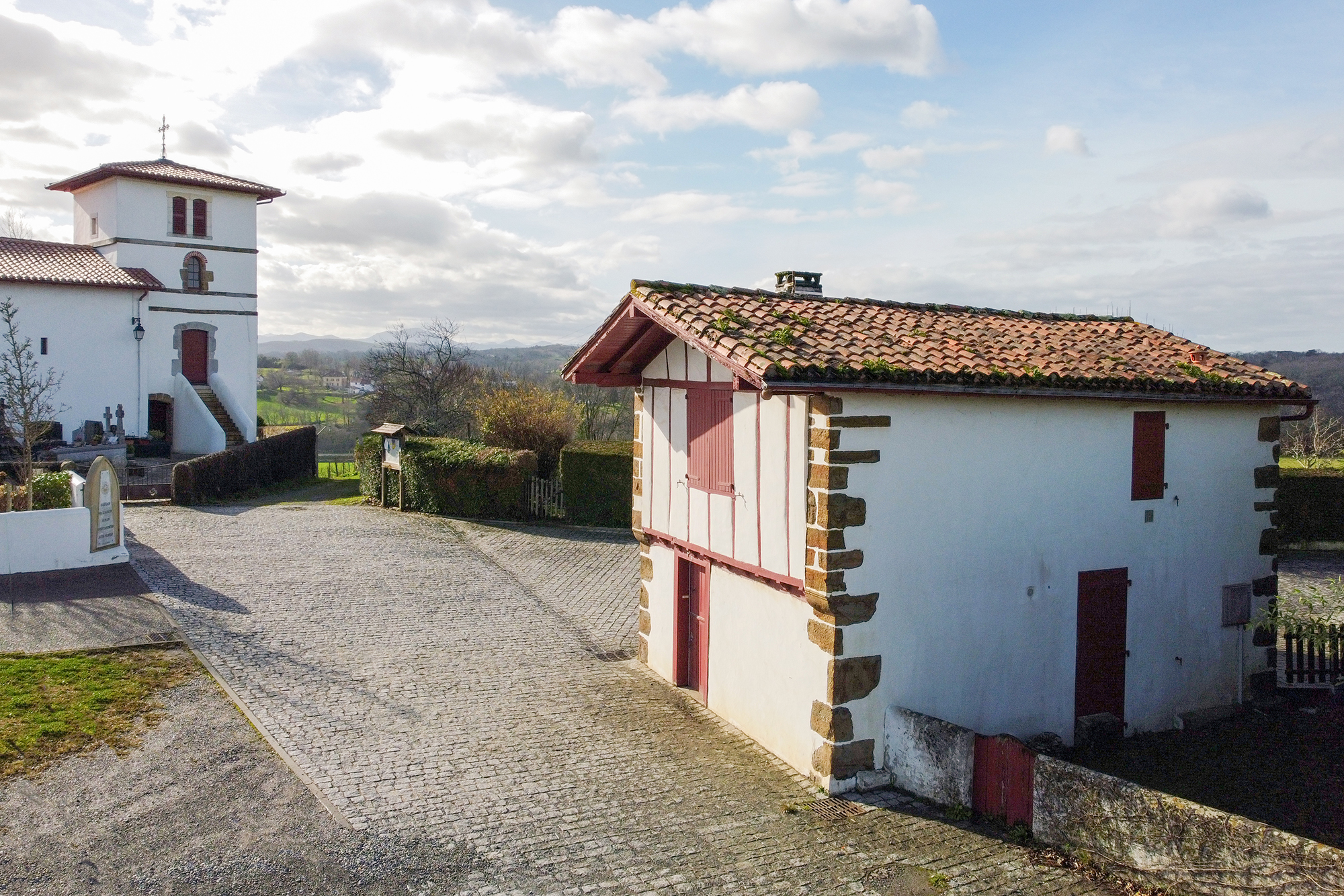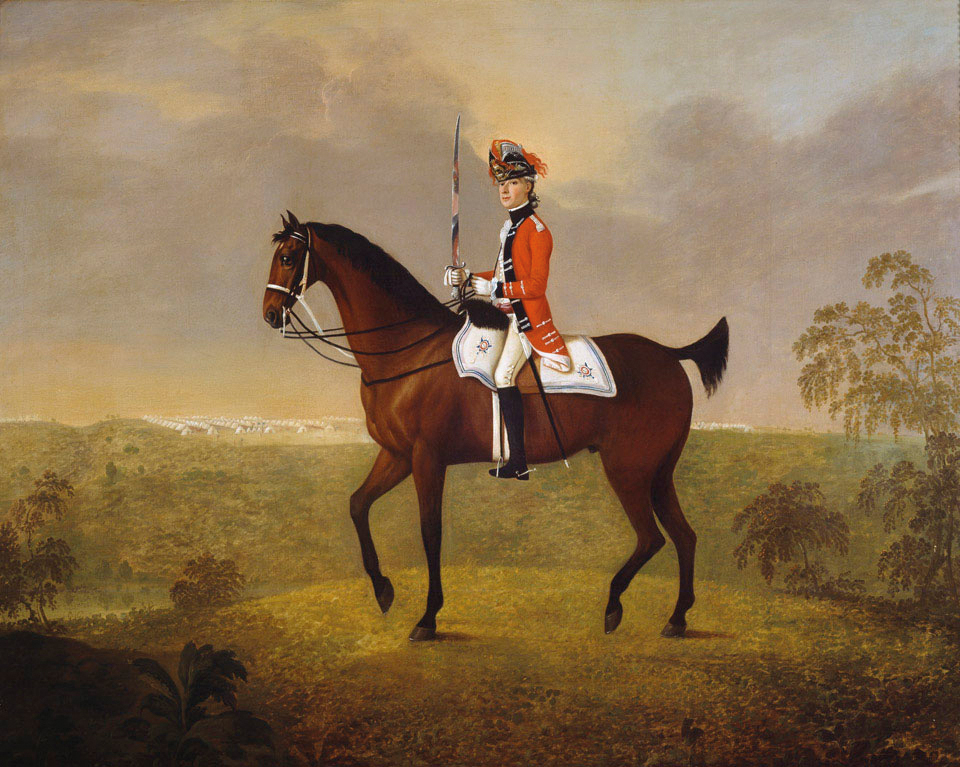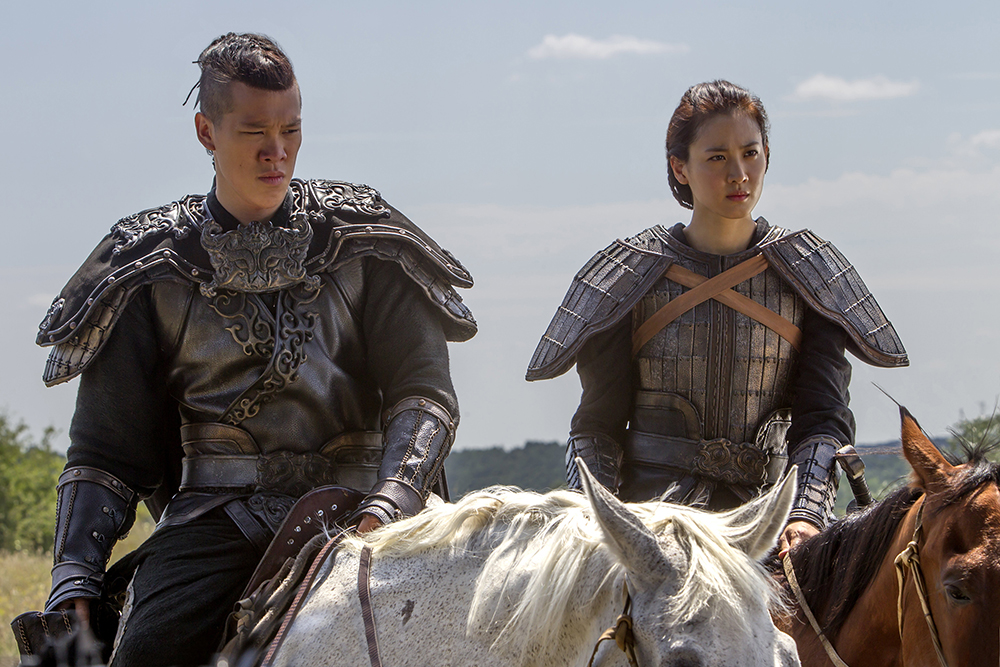Medieval African Constitution
- Africa, 12th century. The Ghanaian Empire collapsed because of the continuous invasions of the Almoravids. Then, the king of the sosos, Sumanguru Kant took the old capital of Ghana, taking advantage of the power vacuum. And he continued to conquer land to Mandene, land of mandings.
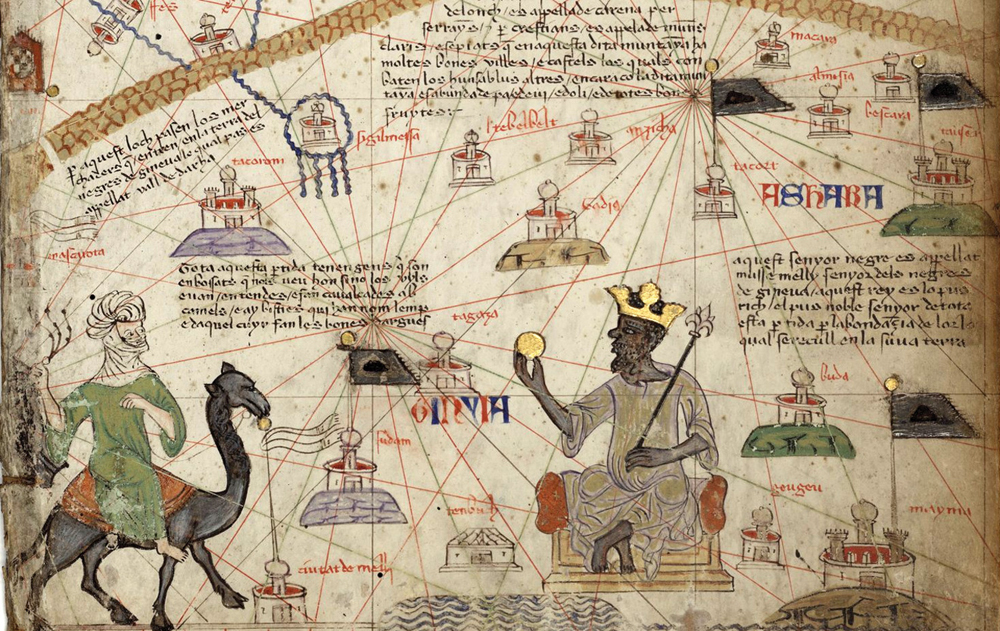
In 1235, Sundiata Keita, the exiled prince of the mandings, formed a coalition with the small kingdoms of the area to deal with the sosos. And in that same year the mandings won the Koulikoro conflict and founded the powerful Empire of Mali, named Sundiata Keita mansa (emperor).
After the victory, a vast territory had to be organized and a legal body created. Thus, the emperor and the council of wise men met in Kurukan Escape in 1236 to draft the Charter of Manden, considered one of the oldest constitutions in the world. The letter, which contains a preamble and 44 articles, covers such topics as social peace based on diversity, the right to education, food security, the abolition of slavery and freedom of expression. The application of these laws probably led to contradictions in practice; until in the sixteenth century the Empire collapsed, the mansas of Mali were considered one of the richest people in the world and do not marry well with equality. However, the letter contains accounts that seem much more recent.
“All people have the right to life. There are no people above the others.” This statement included women: “Don’t insult women, they are our mothers. They must participate in all our management tasks.” Even slaves: “From now on, no one puts his neighbor in his mouth to sell him in the market. The basis of slavery will be extinguished today.”
The text included the right to education: “The education of children is a responsibility of the whole of society. We all have to direct and care for children.” And also freedom of expression: “The spirit lives by saying what it means.”
The laws also concerned the environment: “You have to take care of the forests for everyone’s happiness. Before you set a bush on fire, raise your head and look at the treetops.” Divorce was legal and was granted "at the request of one of the spouses". And they had an interesting concept of theft. “Satisfying the need to eat is not theft if you only take enough to alleviate hunger.”
Meanwhile, in Europe, there were many centuries to “invent” the demand for human rights.
Zamora, late 10th century. On the banks of the Douro River and outside the city walls the church of Santiago de los Caballeros was built. The inside capitals of the church depict varied scenes with sexual content: an orgy, a naked woman holding the penis of a man… in the... [+]
In the fall of 1415 the battle of Agrincourt erupted between England and France, one of the most decisive wars of the Hundred Years War. To this end, when Henry V, king of England and lord of Ireland, decided to send his army to France that summer, the soldiers landed on the... [+]
Toledo, 1272-1280. Alfonso X of Castile gathered 427 monomedical songs dedicated to the Virgin. The Cantigas de Santa Maria constitute one of the most important musical and literary collections of the Middle Ages, but being decorated with the miniature cantiga, these... [+]
The European Middle Ages are generally depicted as a dark era. We relate it to delay, violence, belief and tyranny. Those who lived that time are considered barbaric and ignorant. Its name is also significant, because it is contemptible: as a time of little importance that... [+]
Venice, 24 April 1459. The monk and cartographer Fra Mauro finished the map of his world in his cartography workshop in the monastery of San Michele in Murano. This work was done on behalf of the Portuguese king Alfonso V.aren and, once the map was completed, it was sent to... [+]
Rome, April 1215. IV. In the Council, the Catholic Church prohibited the surgery of priests and monks, among others. Also in previous councils, Reimsen and Tours, they worked on the issue, arguing that only legataries had to deal with saving souls and that they had to avoid the... [+]
Venice, 8 January 1324. The famous traveler and merchant Marco Polo died at the age of 70. About to die, the people gathered in the area asked him to recognize that what was told in the book Description of the World was a fiction, but the last words of the traveler were: “I... [+]
Até agora considerouse que os estribos e celos fundamentais para o uso dos cabalos inventáronse en China cara aos séculos V ou VIN. Pero na cova de Urd Ulaan Unet, en Mongolia, atópase máis antigo, do século IV. O bidueiro da zona está feito de madeira, polo que non é... [+]









